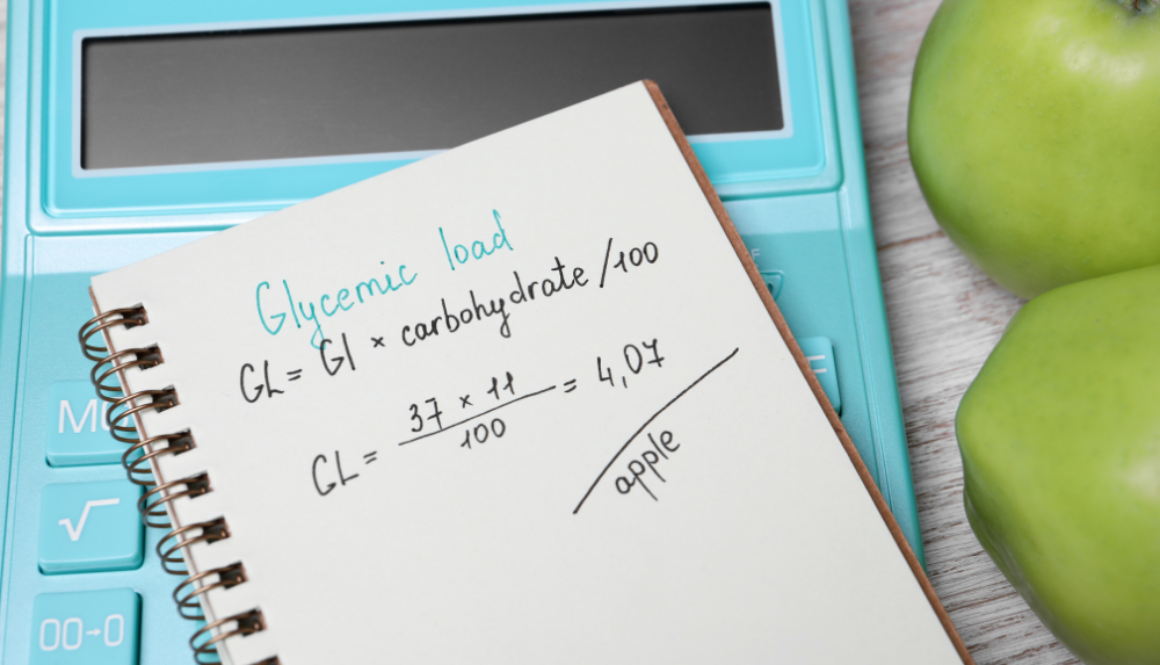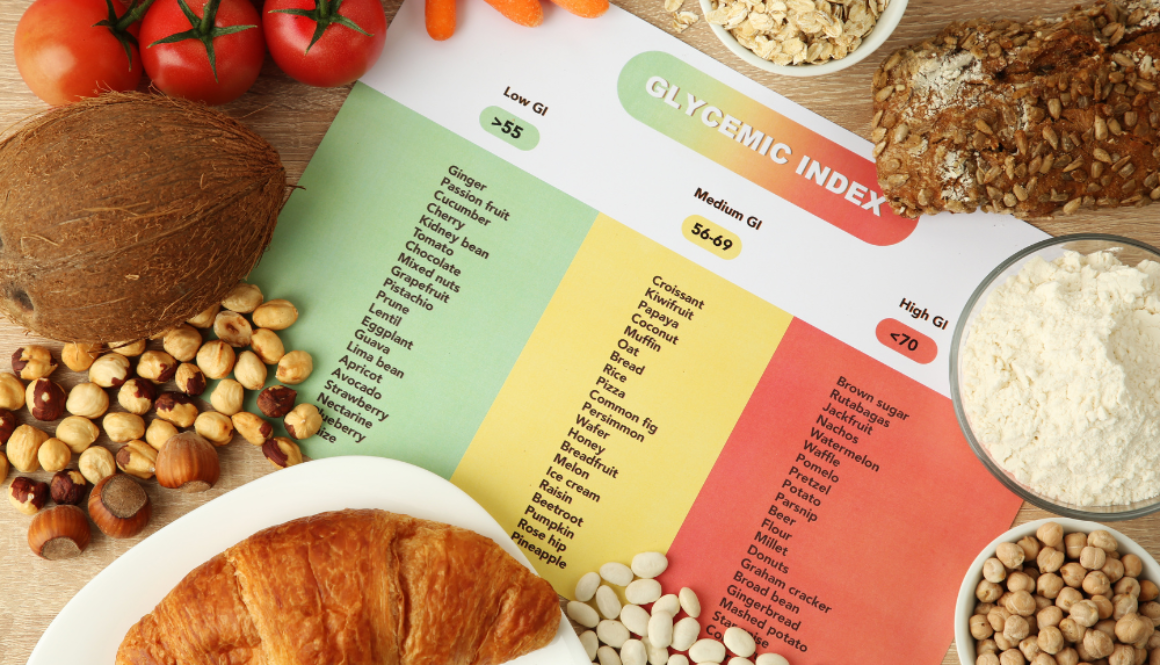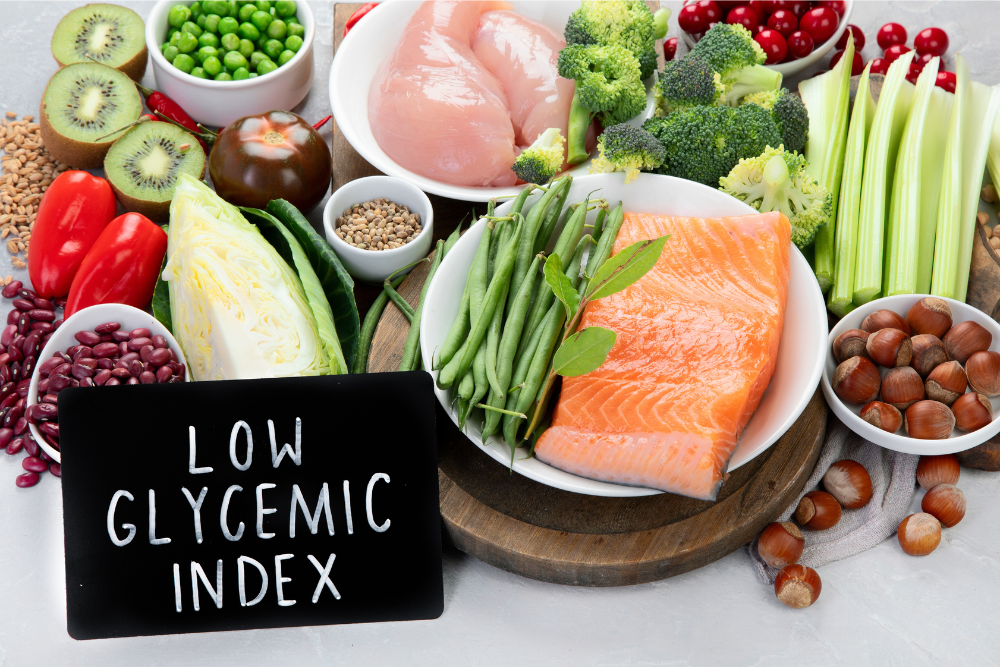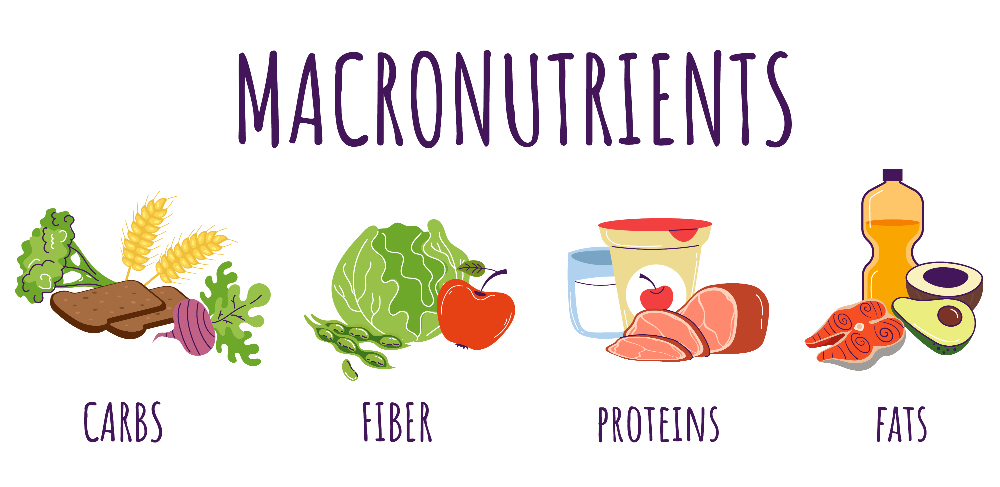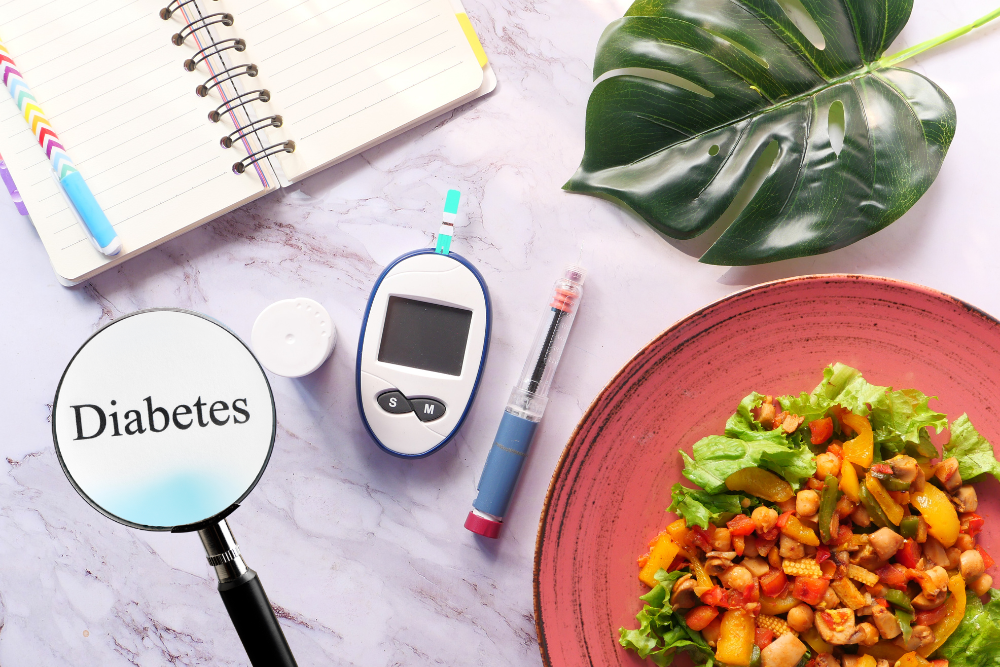Next Level: Why is Glycemic Load Important
In essence, glycemic load is a ranking system for carbohydrate content in food portions. It’s a more nuanced approach than its cousin, the glycemic index, which only measures the speed at which foods raise blood sugar levels. But I often hear, ” Why is Glycemic Load important?”
Glycemic load takes this a step further by considering the amount of carbohydrates in a portion of food and how quickly it raises blood sugar. Simply put, it’s a measure that reflects both the quality and quantity of carbohydrates consumed. So, a food with a high glycemic index might have a more moderate glycemic load if you only eat it in small amounts.
What’s crucial to understand is that glycemic load could provide a more accurate way to choose foods, especially for managing health concerns. By considering glycemic load, I am more informed about how different foods can affect my blood sugar levels after eating them—not just at their peak.
This understanding is a foundation for why glycemic load is so vital to our diets and overall health. It paves the way to delve into how specific aspects of our health, such as blood sugar management and heart health, are influenced by the types of carbs we consume.
The Impact of Glycemic Load on Health
The food you eat matters, especially regarding its impact on your blood sugar levels. Understanding glycemic load (GL) is crucial because it provides a more accurate picture of how foods influence these levels after you eat. I want to guide you through the effects of GL on health and why paying attention to this metric can mean better health outcomes for you.

When you consume foods high in carbohydrates, your blood sugar levels can fluctuate. However, not all carbs affect your blood sugar in the same way. Glycemic load considers both the quantity and quality of carbs, offering a more subtle view than glycemic index (GI) alone. A high GL can lead to rapid spikes in blood sugar, demanding more work from the pancreas to produce insulin. At the same time, a low GL suggests a slower, steadier increase in blood sugar and a more measured insulin response.
Managing blood sugar is critical if you’re at risk for diabetes or already managing the condition. A diet focused on low-glycemic load foods can be a strategic part of diabetes management, potentially reducing the risk of developing type 2 diabetes and helping to maintain stable blood sugar levels in those diagnosed with the disease.
Beyond diabetes, GL also ties into heart health. Ongoing research suggests that low-glycemic load diets may reduce cardiovascular risk factors, such as harmful cholesterol levels and inflammation. Choosing foods with a lower GL supports blood sugar stability and a healthier heart.
As you begin to see the significance of glycemic load in overall health, we’ll next explore its influence on managing body weight. Many discover that understanding and using the principles of GL doesn’t just help their blood sugar levels—it also supports sustainable weight management. So, let’s move on to how glycemic load can be a game-changer in your approach to eating for both health and weight management.
Weight Management and Glycemic Load
Understanding the role of glycemic load can be a game-changer if you aim to manage your weight. Foods with a high glycemic load can lead to rapid spikes and a subsequent drop in blood sugar levels, which may trigger hunger and overeating.
The mechanics are pretty straightforward. A diet that consistently includes high-glycemic load items may keep your appetite on a rollercoaster of cravings. Conversely, low-glycemic load foods provide a steadier energy source and may help control appetite. This steadiness helps prevent those all-too-common energy slumps that can send you reaching for quick fixes like sugary snacks.
Adopting a diet focusing on foods with a low GL isn’t just about avoiding sugar crashes; it can be part of a sustainable weight management strategy. When you’re less driven by hunger swings, you’re better able to make thoughtful food choices and resist impulsive snacking.
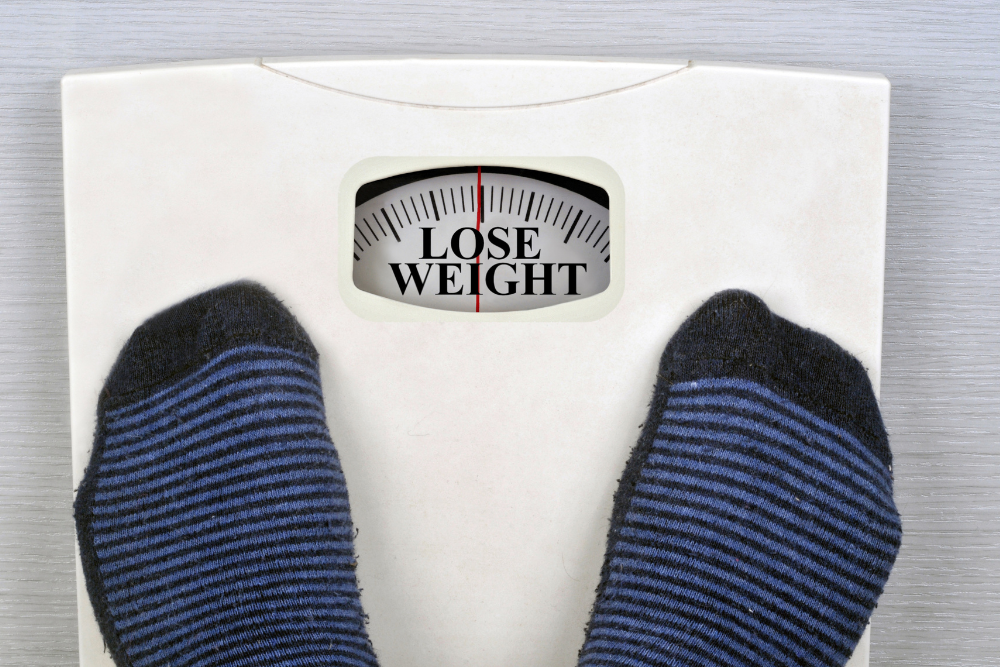
Indeed, many people have found success by steering their meals toward a lower glycemic load. Their shared experiences often highlight increased energy levels, less need for snacking between meals, and a more controlled appetite, all of which can contribute to weight loss.
As we transition to the next section, remember that maintaining a balanced diet is essential, even when focusing on glycemic load. It’s not just about individual food items but how you combine them to create a satisfying and nutritious meal.
Why is Glycemic Load Important in Your Everyday Diet
You might wonder how to incorporate glycemic load into your daily eating habits. It’s simpler than you think.
Begin by choosing whole grains over processed ones. Whole grains have higher fibre content, which slows digestion and, therefore, the release of glucose into the bloodstream.
Incorporate more legumes, such as beans and lentils, into your meals. They have a low glycemic load and provide protein and essential nutrients.
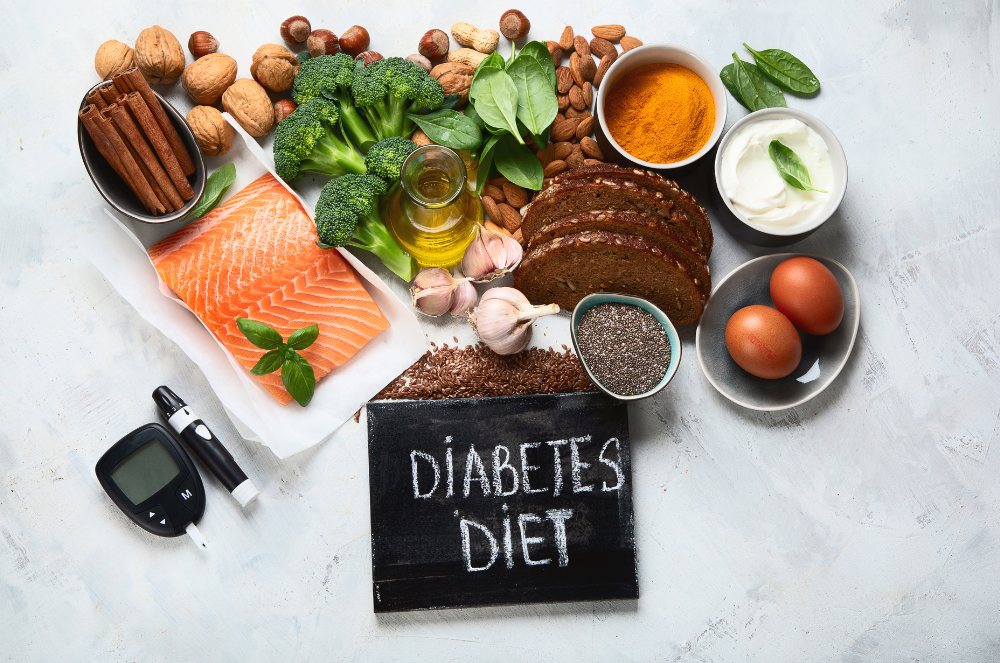
Opt for high-fibre fruits and vegetables. For instance, choose an apple over apple juice. The fibre in the whole fruit helps moderate sugar absorption.
Be mindful of your portion sizes, especially regarding high-GL foods. Consuming them in moderation can help manage your overall glycemic load intake.
Finally, use the concept of glycemic load to balance your meals. This involves pairing high-GL foods with those with lower values to create an overall moderate-GL meal.
Remember, this approach doesn’t require eliminating foods you enjoy. Instead, it’s about understanding the effects of certain foods on your blood sugar and managing your intake responsibly.
Key Considerations and Common Misconceptions
I’ve taken you through an in-depth look at glycemic load (GL) and how we can integrate it into our diets for better health. However, it’s crucial not to oversimplify or overemphasize its role. You need to be aware of some key considerations and common misconceptions.
A common mistake is considering glycemic load as the silver bullet for diabetes management or weight loss. While it’s a valuable tool, it’s only one component of what should be a well-rounded approach to health. GL offers guidance but cannot replace medical advice from healthcare professionals.
You might also encounter the myth that low-GL foods are universally healthy. Remember, the glycemic load doesn’t account for other nutritional values like vitamin content, the presence of beneficial fats, or additives in processed foods. It’s essential to look at the whole dietary profile.
Tailored to individual needs, GL can be a helpful concept for those with dietary restrictions or medical conditions. Work with a dietitian or a doctor to adjust GL information to your situation. Don’t let general guidelines dictate your unique health journey.
Resources:
Science Direct
https://www.sciencedirect.com/topics/medicine-and-dentistry/glycemic-load
Linus Pauling Institute
https://lpi.oregonstate.edu/mic/food-beverages/glycemic-index-glycemic-load

